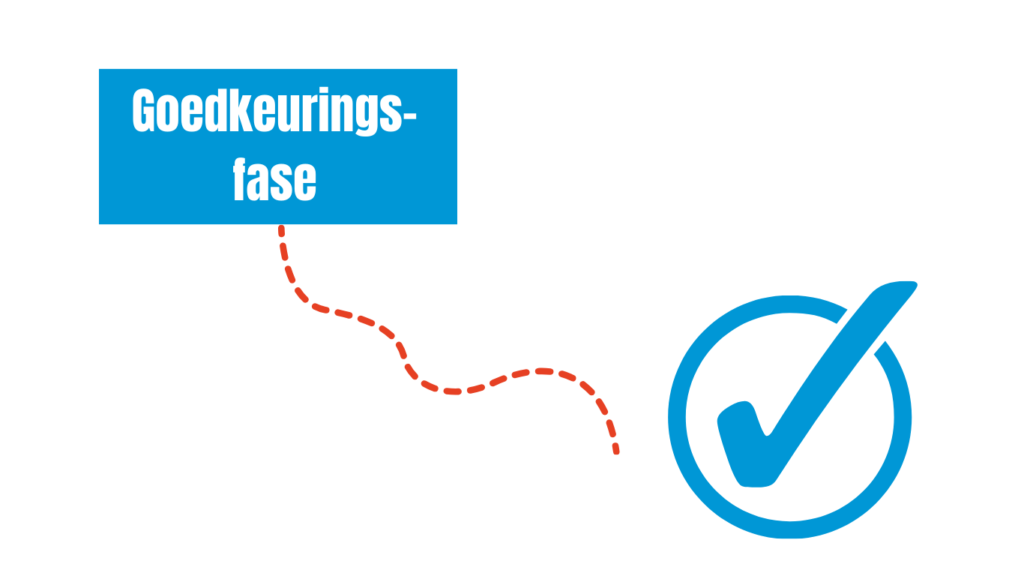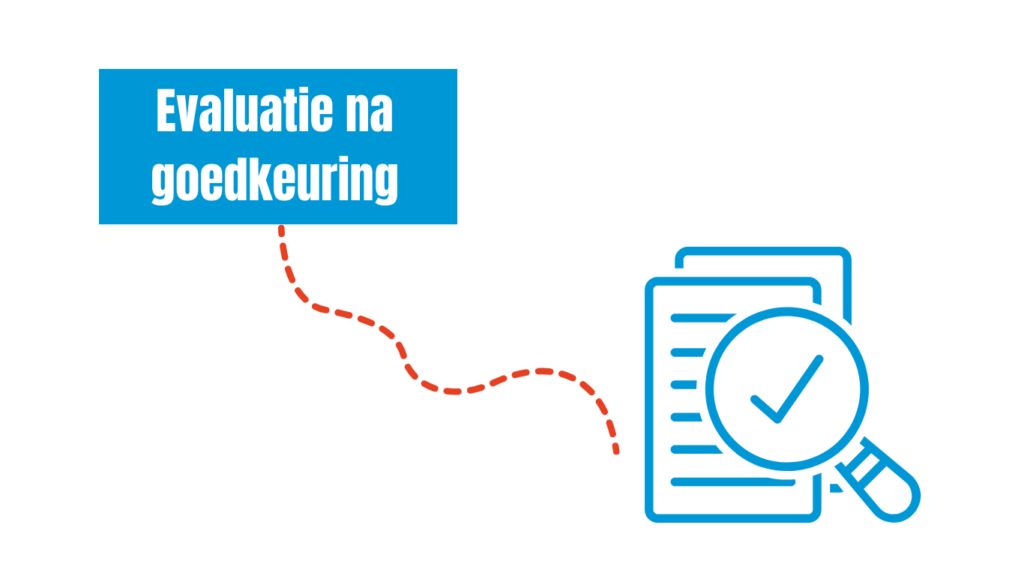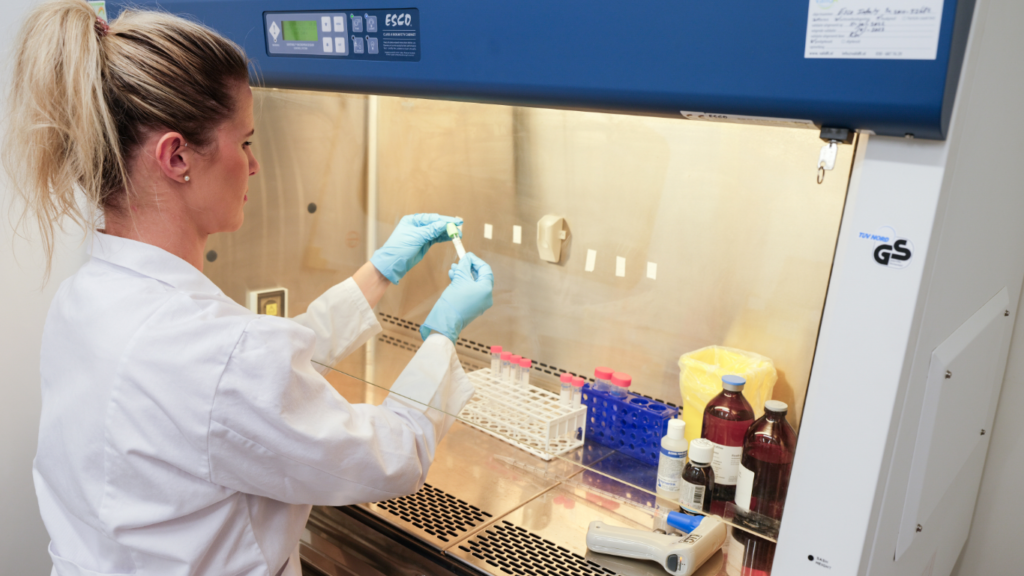PLN Foundation has one mission: to find an affordable treatment for the genetic heart muscle disease PLN. Since the inception of our foundation, we have been committed to this mission. We are well on our way and have had fantastic breakthroughs, but we also have plenty of steps to take. Therefore, it is time for an article on how a drug is developed.
It takes a lot of time, energy and money to develop a drug for a disease. This is because frequent research needs to be done. With this research, you learn to better understand a disease: what exactly is happening in the body that makes someone sick? Only when you better understand a disease can you work toward a solution.
In the foundation’s earlier years, we funded plenty of scientific research. We are still doing that today and, of course, we are not stopping. In 2021, this led to the creation of PLaN Therapeutics: with this company, we bring a treatment from the laboratory to the patient, in this case a carrier of the PLN mutation. The creation of PLaN Therapeutics allows us as a foundation to continue to focus on what we do best: bringing peers, scientists together and funding and driving research.
But … what about all that scientific research we do? That’s material for another article. For now, we want to focus on the pathway once a drug is developed. It basically consists of 5 phases:
- Research phase (3-6 years)
- Preclinical studies (1-2 years)
- Clinical studies (4-7 years)
- Approval phase (1-2 years)
- Evaluation after approval
Thus, if you take the longest period of time of anything, developing a drug can take a total of 17 years. One drug that was not ready for use for 15 years is the drug Statins (such as Liptor). Statins are used as cholesterol-lowering drugs. Its development began in 1970 and was not approved and marketed until 1990. You are then even 20 years in total.
Fortunately, there are drugs that have been brought to market much more quickly, such as the COVID-19 vaccines. These were developed in a much shorter time, but they also ended up taking 1-2 years to go from concept, to approval, to distribution. The reason a drug (vaccine) could be developed so quickly had everything to do with advanced technologies, international cooperation and urgent funding because of the pandemic.
So bringing a drug to market can be very fast, but for that, great urgency and also a certain amount of pressure is desired. When the whole world benefits from something (as with the COVID-19 vaccines), things can move much faster because of cooperation, funding and technology.
Of course, it makes sense that PLN carriers would rather see treatment yesterday than today. Yet it is also important that each step within drug development be taken carefully. There are plenty of examples where a drug was not translatable to treatment in humans. After all, you don’t want a drug to not work or have very unpleasant side effects.
Therefore, all the steps as mentioned above are incredibly important. Let’s see what happens at each stage.
Research phase (3-6 years)

Text continues below photo.
In the research phase, scientists begin by identifying drug targets, such as proteins or processes in the body related to a disease. They also study natural substances or develop new molecules that could potentially serve as drugs. This work is usually done in laboratories and can take years. The research phase is crucial because it lays the foundation for further drug development.
Preclinical studies (1-2 years)

Text continues below photo.
In the preclinical phase, potential drugs are tested on animals to assess their safety, efficacy and possible side effects. Scientists are studying how the drug is absorbed, distributed and broken down in the body. These studies help select the most promising drug candidates to advance to clinical trials. The preclinical phase can take several years and requires strict ethical standards and regulations to protect the animals.
Clinical studies (4-7 years)

Text continues below photo.
In the clinical phase, potential drugs are tested on humans. These studies are divided into phases (phase I, II, III) to test different aspects of the drug, such as safety, dosage, efficacy and side effects.
Phase I – Safety and dosage.
In phase I clinical trials, potential drugs are first tested on a small group of healthy volunteers. The primary goal is to evaluate the safety of the drug and determine the optimal dosage. Participants are carefully monitored to identify any side effects and assess how the drug is absorbed, metabolized and excreted by the body. Phase I studies are usually short-term and can last from a few months to a year.
Phase II – Effectiveness and side effects.
Phase II clinical trials are testing the potential drug on a larger group of patients suffering from the condition for which the drug is intended. The goal is to determine whether the drug is effective in treating the disease, and to gather further information about its safety and side effects. These studies were randomized and controlled.
Patients enter a treatment group or a control group. Often the control group gets a placebo unless that is ethically unjustifiable. Studies in this phase may take several years.
Phase III – Confirmation of efficacy and safety.
Phase III clinical trials are the last major step before approval of the drug. They cover a larger group of patients, often spread across multiple locations and countries. The goal is to further confirm the effectiveness of the drug, identify and compare side effects with existing treatments (if applicable), and gather additional information on optimal dosing and instructions for use. These studies can take several years and form the basis for submitting an application for drug approval to regulatory agencies.
Clinical studies are conducted under the strict supervision of medical professionals and ethics committees. Participants are carefully screened and informed of the risks and benefits. Clinical trials can take several years and are crucial to obtaining drug approval. It is important to note, however, that the division as we describe it here is not always so strict. With some medications (for example, chemotherapy), stage 1 is skipped. You also have medications where phases 1 and 2 are combined.
Approval phase (1-2 years)

Text continues below photo.
Upon completion of the clinical trials, the manufacturer submits an application to regulatory agencies, such as the FDA in the United States or Europe’s EMA, for approval to market the drug. In the Netherlands, we also have the CBG. Regulators carefully review the data collected to determine whether the drug is safe and effective for use by the general population. This phase also includes reviewing manufacturing processes and labeling the drug. Only at this stage is it determined what the drug should cost.
Evaluation after approval

Text goes under photo.
Even after a drug is approved, manufacturers and regulators continue to monitor the drug closely. Post-marketing surveillance is conducted to identify any unexpected side effects or other problems that may not have been noticed during clinical trials. Some side effects only manifest themselves after a longer period of time. Consider, for example, cardiotoxicity caused by doxorubicin, the topic to which Scientific Officer devoted her PhD.
Continuous evaluation is important to ensure the long-term safety of the drug and to make adjustments in instructions for use or warnings if necessary. You go a long way when developing a drug.
Treatments for PLN
Multiple treatment options are ongoing for PLN, which are in different stages. The one furthest along is Askbio’s I-1C treatment (AB-1002, as it is called by them). It is currently being tested in a phase 2 clinical trial (GenePHIT). However, it is intended for heart failure in general, not specifically for PLN, although they also want to include some patients with PLN in the trial. We suspect that it may well have interesting effects on “our” disease because it acts on the same molecular pathway.
In addition, we have the treatment of Ionis. This is targeted against healthy PLN and also intended for general heart failure. However, this also works very well against “our” disease in mice. So this one is still in the preclinical phase.
Treatments that really specifically target the PLN-R14del protein are unfortunately all still in the research phase. However, PLN is a so-called orphan disease. This means that few patients are known to have the disease, and for that reason clinical trials can be done more quickly. How much faster I can’t tell you, unfortunately. In English, this is called Orphan status.
We can use all the help we can get
We are not there yet. The process is still time-consuming and also costs millions in finances. Therefore, we could really use your help. With every donation you make, we get another step closer to affordable treatment for PLN. This is important for carriers, but also for our healthcare system in the Netherlands.
Did you know that on average, 1 in 4 heart transplants each year is for a PLN patient? This means that as many as 25% of heart transplants are for a PLN carrier. With this, there is a great strain on our healthcare system because of this disease. Treatment helps reduce this pressure.
The foundation promotes and funds scientific research. As a result, we get to affordable treatment faster. All of our costs are covered by separate sponsors, ensuring that none of your donation sticks to the bow and goes 100% to research.
Donate easily and securely through our website now, so we can go one step further for PLN every minute.
